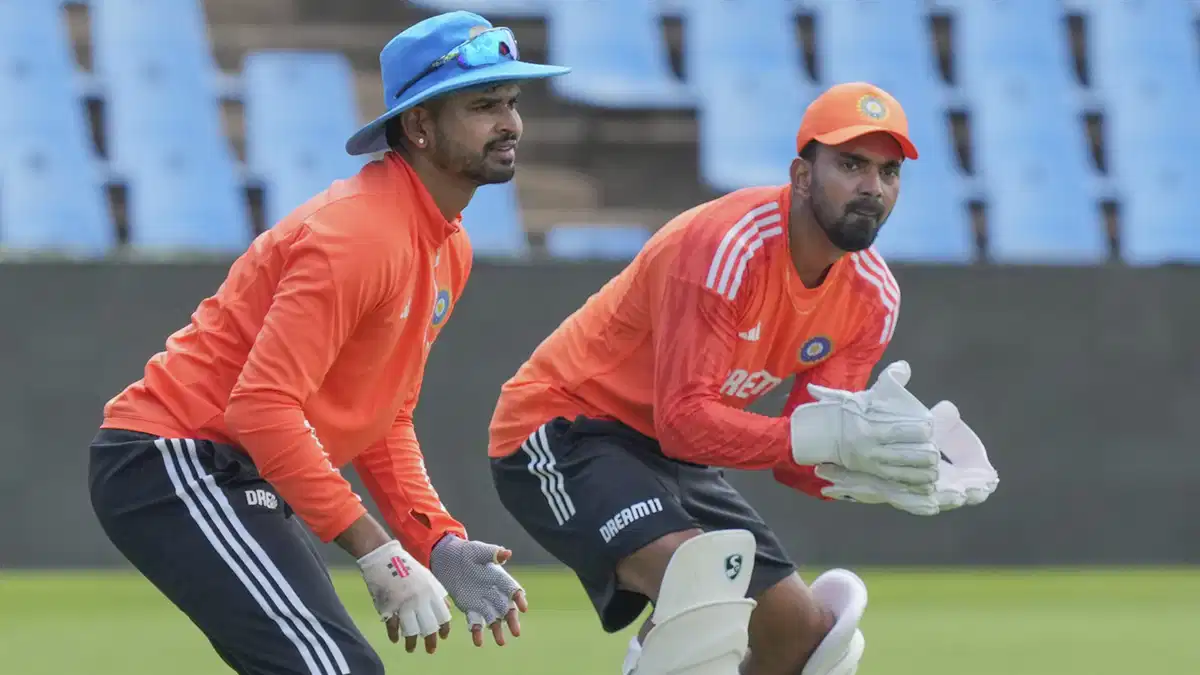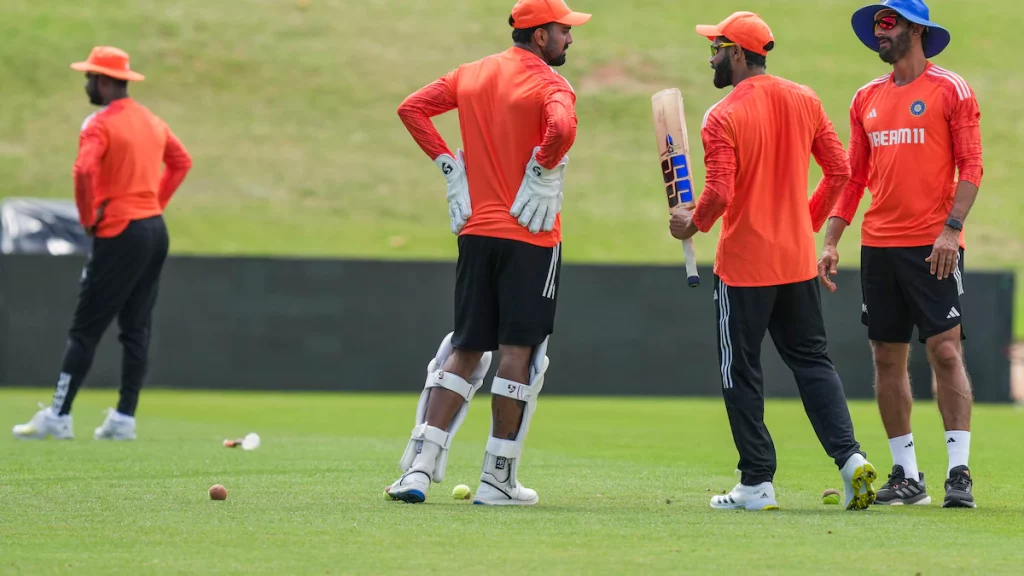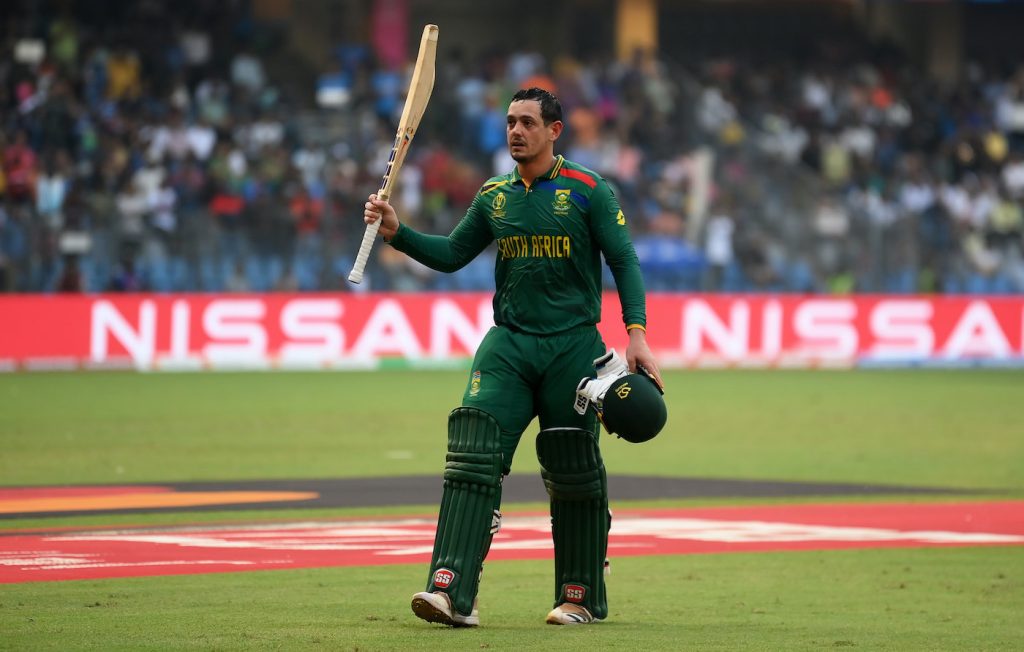In a recent development in Indian cricket, KL Rahul, primarily known for his batting prowess, is set to embark on a new journey as a wicketkeeper in the upcoming two-Test series in South Africa.
This decision, as articulated by head coach Rahul Dravid, is not just a stop-gap arrangement but a strategic move to enhance the team’s flexibility and depth.
Rahul’s Wicketkeeping: A Calculated Risk with Potential Rewards

Despite having only one first-class match experience as a designated wicketkeeper, Rahul’s willingness to don the gloves in Test cricket is a testament to his commitment and adaptability.
Dravid, acknowledging the challenge, also highlights the opportunities this move opens for both Rahul and the Indian team.
With Rishabh Pant’s absence due to injury, this situation presents Rahul with a chance to showcase his skills in a different dimension.
The Preparation and Prospects
Rahul’s preparation for this role has been thorough, with significant practice in the white-ball format.
Dravid emphasizes the physical demands of wicketkeeping followed by batting in a full day’s play, acknowledging the toughness of the role.
However, he remains confident in Rahul’s abilities, especially given his impressive performance in one-day cricket.
Strategic Implications for the Indian Team
The inclusion of Rahul as a wicketkeeper-batsman opens up various strategic possibilities for the team.
It allows for a more balanced side, potentially accommodating an extra batsman or bowler, depending on the conditions.
Dravid’s approach seems to be focused on building a team that can adapt to different scenarios, with players capable of performing multiple roles.
The South African Challenge
The upcoming series in South Africa will be a litmus test for this strategy. The conditions in South Africa, known for favoring pace over spin, might ease Rahul into his wicketkeeping role.
However, the real challenge will be in contributing significantly with the bat, especially in conditions that are notoriously tough for batting.
The Evolution of Indian Batting
Dravid also sheds light on the evolution of the Indian batting lineup. With the introduction of more attacking batters, the team’s approach seems to be a blend of aggression and situational awareness.
The young players are encouraged to play their natural game while being mindful of the match conditions, especially in a challenging environment like South Africa.
Conclusion: A Bold Move with Potential Long-Term Benefits
This strategic move, while risky, could pay rich dividends for Indian cricket. It not only provides KL Rahul with an opportunity to expand his role within the team but also adds a layer of tactical depth to the squad.
As India continues to build a team capable of winning across conditions, the evolution of players like Rahul into multifaceted cricketers will be crucial.
The series in South Africa will be a significant milestone in this journey, potentially setting the tone for the future of Indian cricket.




